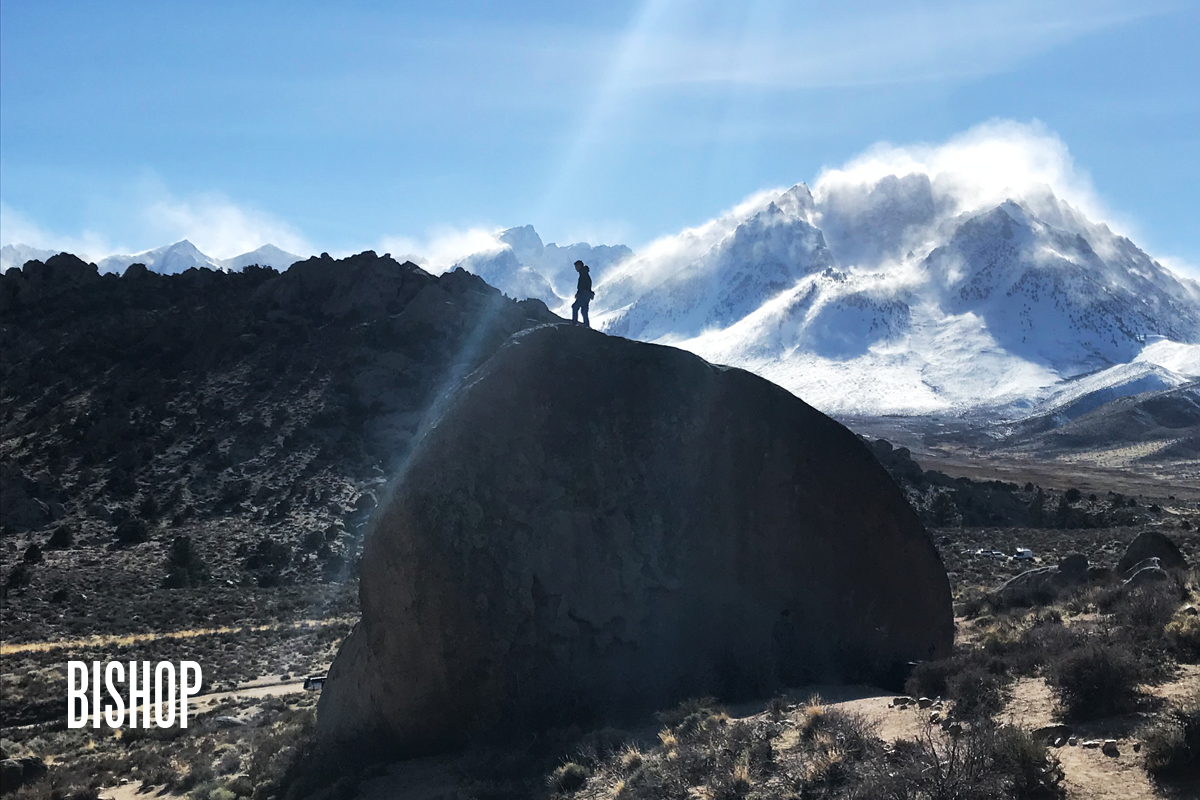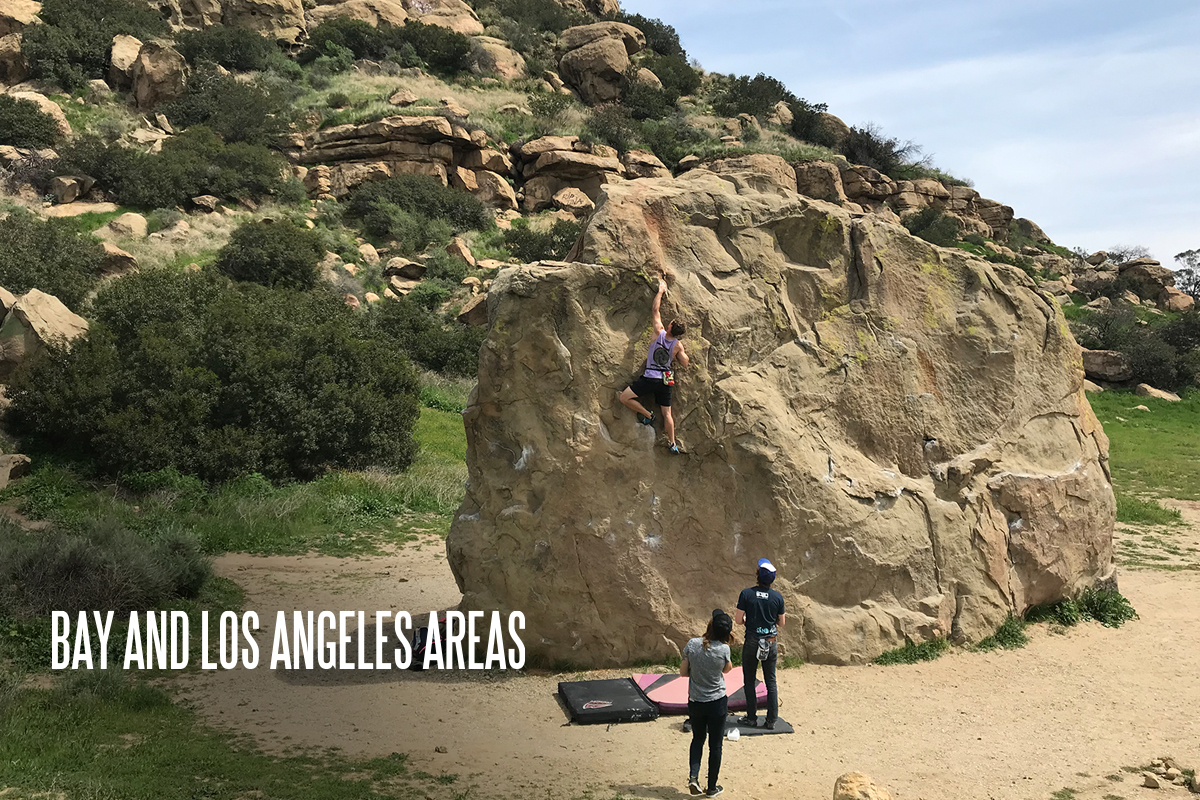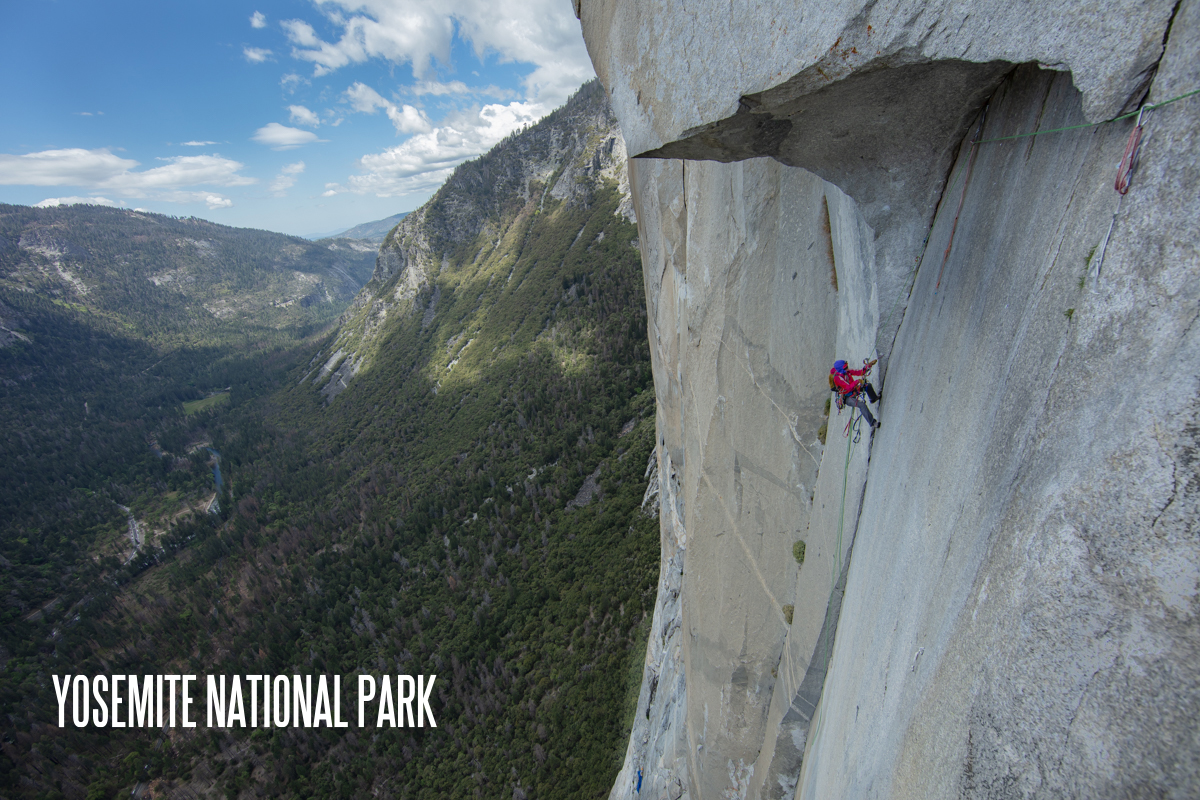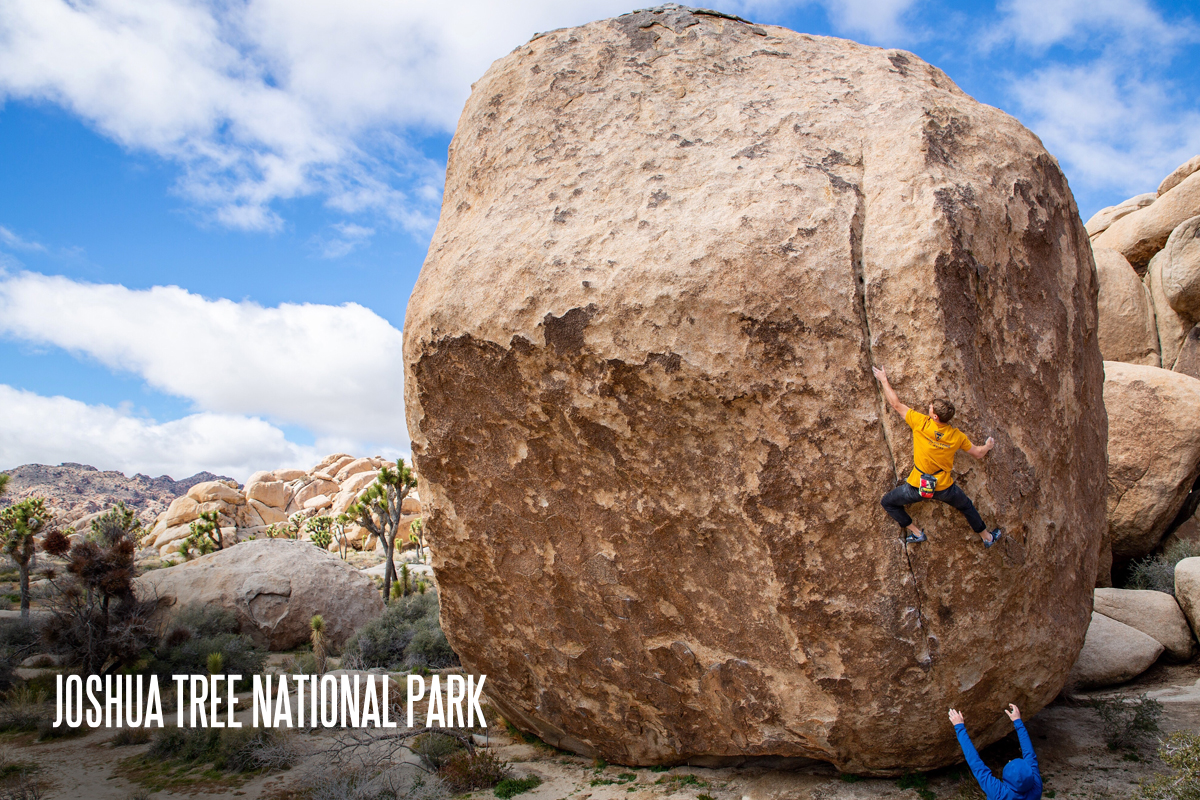Whether you’re looking for ways to improve your local spot or simply want to make sure you’re not “that person” at the crag, we’ve got you covered.
The Touchstone Tips Outdoors videos below offer helpful tips for noobs and seasoned climbers alike.
For a deeper dive into the best practices for the top climbing spots across California (including links to outside resources for each), explore the Regional Best Practices section below the videos.
Touchstone Tips Outdoors Videos
Park Mindfully
Clean your tick marks
Taking care of business — the right way
Crags aren’t doggy daycare
Leave it better
Ready to do Your Part?
Visit your local outdoor climbing organization‘s website to learn more, sign Access Fund’s Climber’s Pact to commit to doing your part, and be aware of the best practices for each region you visit.
Regional Best Practices
Local climbing coalitions are phenomenal resources, which is why we’ve linked to coalitions and other helpful sites for each region below. We’ve also highlighted key ways to respect each region — so we’re all prepared to do our part.
Bay Area and Los Angeles
From beefy boulder routes to accessible ocean-side crags, California has a lot to offer in and around its biggest urban centers. But before heading out to your favorite weekend spot, make sure you understand the best practices for each:
- Consider the weather: Many local climbing areas are sandstone, which is fragile after rain. These spots need 3 sunny days to dry before being climbed on. (Learn more in our Guide to California Climbing After the Rain).
- Don’t crush the brush: Climbing has become so popular that we’re loving our crags to death. Minimize your impact by following established trails and placing pads and packs on durable surfaces.
- Respect regulations and closures: Many climbing areas have seasonal closures to protect wildlife or sensitive plants. Do your research; respect the limitations.
- Be aware of others: Other outdoor enthusiasts enjoy these spaces too. Loud music and lots of screaming can disrupt their day. Be aware of how you’re showing up.
- It’s cool to carpool: Climbing areas often have limited parking or charge a parking fee. Carpooling minimizes impact and saves money — it’s a win-win!
- Have a poop plan: Many local climbing areas don’t have restrooms. Grab a WAG bag at a Bay Area Climbers Association (BACC) event, and pack it out!
For more information on Bay Area and Los Angeles climbing spots, check out the coalitions for each:
Bay Area Climber's Coalition SoCal Climber's Coalition
Yosemite National Park
World-renowned for its immense, glacially polished granite, Yosemite National Park is the rock climber’s Mecca. From the days of scrambling peaks at Sierra Point to the cutting-edge free climbing of El Capitan, Yosemite National Park has set climbing standards for centuries.
In addition to knowing the rules and regulations, here are some tips for visiting Yosemite National Park in a way that respects its climbing heritage:
- Camp in designated campgrounds.
- Use the provided toilets whenever possible. If not possible — pack it out!
- Keep pets on paved paths only.
- Don’t litter, pick up any trash you see, and set a good example for others.
- Don’t leave fixed ropes as permanent fixtures on approaches or descents. They will be removed.
- Minimize erosion by using preexisting trails versus creating new ones. Tread lightly, and avoid vegetation.
- New fire rings and windbreaks are prohibited. Use existing ones, and make sure your fire is entirely out before you leave.
- Clean extra slings or rotting slings off anchors when you descend. Bring earth-toned slings to leave on anchors.
- Stay up to date on the current Peregrine Falcon closures. Check Camp 4 or the Mountain Shop.
- Don’t feed wildlife — keep the wilderness wild.
For more information on Yosemite climbing, visit these sites:
National Park Service Yosemite Climbing Association Yosemite Climbing Conservancy
Bishop

Bishop and the greater Eastern Sierra are an all-season haven for climbers of every type. From high-altitude backcountry granite to valley-floor volcanic tuff, this region offers rock for all. Camping is either cheap or free. The only downside? This region is being loved to death — with significant and negative environmental impact.
You can help us preserve one of the greatest climbing regions in the world by following a few simple guidelines:
- Camp in designated campgrounds.
- Use provided toilets when possible.
- Keep your pets from getting out of control — or better yet, leave them at home!
- Brush off tick marks (yours and anyone else’s).
- Park in designated areas only.
- Don’t crush the brush: The Eastern Sierra is a delicate region — fauna is alive even when it looks dead.
- Stay on trails: Bishop is one of the most visited climbing areas in the world, so please stay on the existing trails.
Enjoy this region responsibly. Learn more about how to do so here:
Bishop ClimbersJoshua Tree National Park
Joshua Tree National Park (once called “The Monument” by climbers throughout California) is a national treasure with spectacular climbing. The wild rock formations — the remnants of millions of years of erosion — and contorted Joshua trees offer an other-worldly experience appreciated by millions each year. The Quartz Monzonite rock is legendary for its sharp crystal grip.
When visiting Joshua Tree National Park, please be considerate:
- Stay on trail: Cryptobiotic soils are a crucial habitat for new plant growth in the high desert and are easily damaged by off-trail hiking or bouldering pad placement.
- Have a poop plan: Human waste is hard for the sensitive high-desert landscape to absorb. Use the bathroom facilities before and after climbing or any activity (there are 94 vault toilets throughout the Park).
- Stay hydrated: Even in the mid-winter, water is absolutely critical in the high desert. Do NOT get caught even a few yards from your car without drinking water.
- Respect and protect sacred sites: First-nation peoples stewarded this land for over 1,000 years before colonization began. Cultural resources and sacred sites are plentiful in Joshua Tree, as 15 tribes have ancestral homelands there.
Joshua Tree is truly a magical and sacred land. Just being on it is a great gift. Please do your part to preserve, protect, and respect this treasure for today — and tomorrow. Explore more ways to do so at the sites below:




